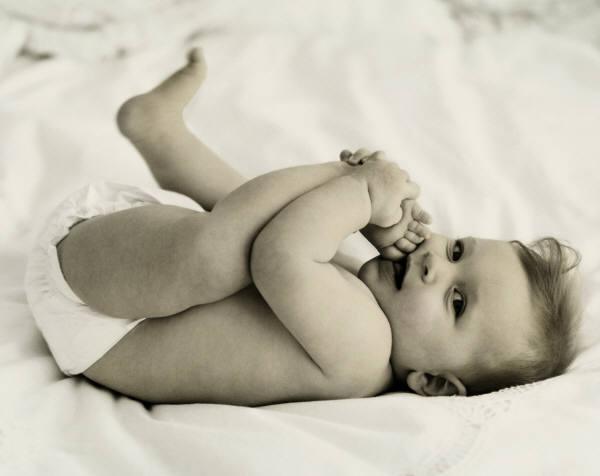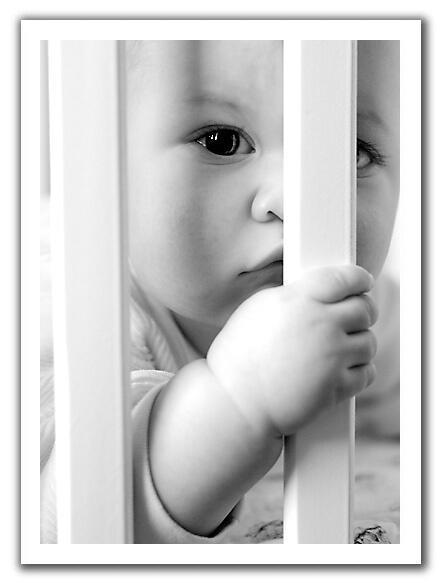During Yiu Yiu’s
birthday last year, I took leave with the intention of bringing her and Yihao
to Kidzania but unfortunately, since it was nearing year end holidays, there
were loads of school trips and tickets were sold out. As her school declared a holiday on Ching
Ming, I took the opportunity to bring them there.
Looks like I wasn’t the only parent from her school to do that – we met so many of her school mates, even her Standard 1 class teacher brought her twin sons to Kidzania that day J
Anyway, the kiddos enjoyed themselves very much, and earned plenty of Kidzos throughout the day. The only disappointment was not able to become a fire-fighter, as the queue was long the entire time we were there. We thought of trying our luck nearing the end of the day, but unfortunately, we were too late. By the time we got there, the queue for the last session was closed.
So these were what they tried out:
First stop - learning to become a dentist
In the queue to get into the cockpit to pilot the plane
Ready for action - all scrubbed and dressed in surgical gown
Looking into the lungs of a patient with lung cancer
Policewoman cordoning off the hotel on fire for the firemen to extinguish the fire
Marching back to the station after their duty
Yiu Yiu was the prosecutor while Yihao was the witness in this trial
Trying to break free from the jail
It was a long day and we were all hungry so they went to Marrybrown to make their own burgers for late lunch
Phua Chu Kang would be proud of her!
Depositing her kidzos after a hard day's work


























































